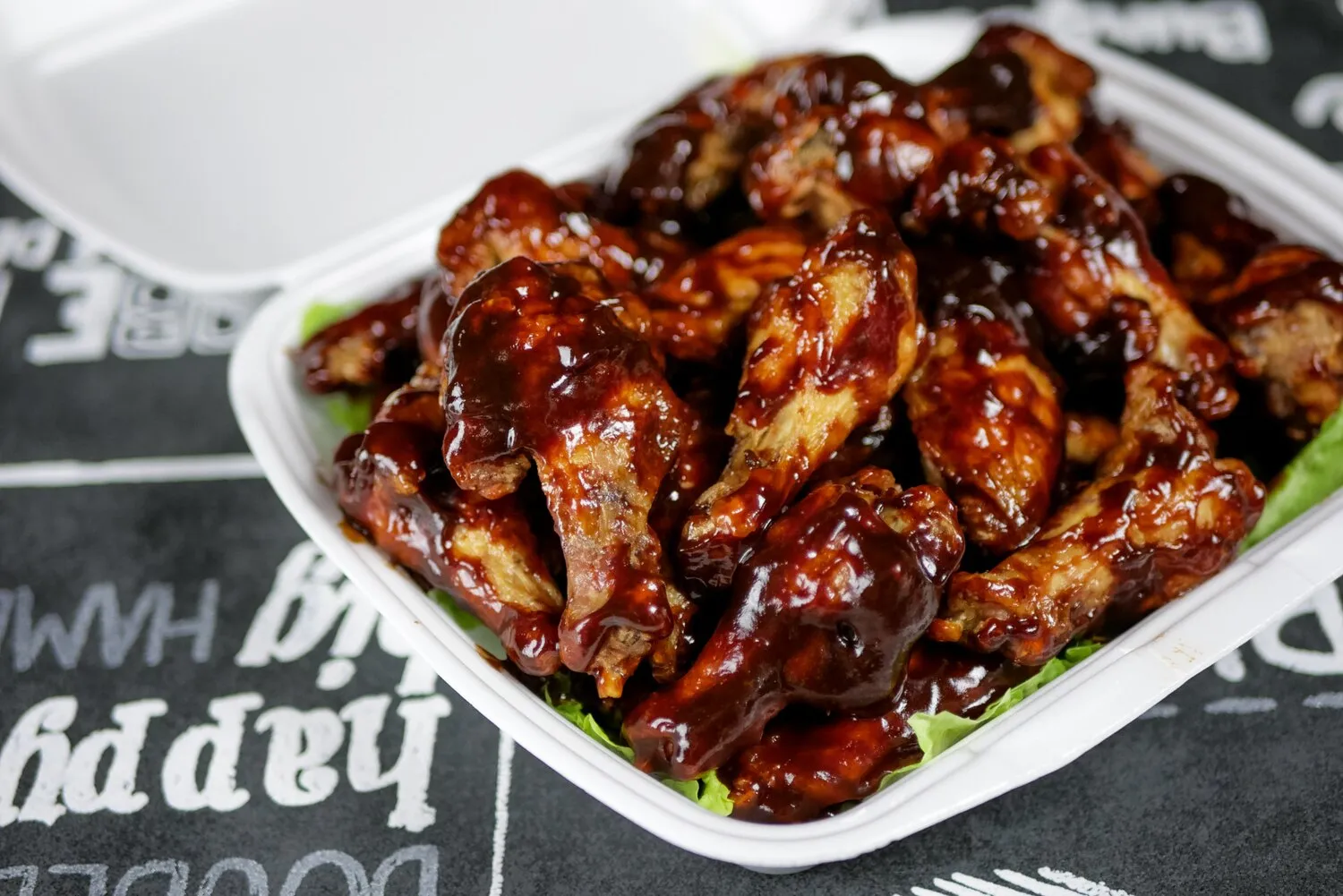
Kibe
A popular Levantine dish made of bulgur wheat, minced meat (usually lamb or beef), and spices. It can be served raw (kibbeh nayyeh), baked, fried, or grilled.
Nutrition Facts
* The % Daily Value (DV) tells you how much a nutrient in a serving of food contributes to a daily diet. 2,000 calories a day is used for general nutrition advice.
Le Mir Culinária Árabe
Kibe's roots trace back to ancient Levantine cuisine, reflecting the region's long history of trade, agriculture (particularly bulgur wheat), and herding. The dish has evolved over centuries, influenced by Ottoman rule and interactions with neighboring cultures, resulting in diverse preparation methods and regional variations.
Kibe holds significant cultural importance in Levantine cuisine, often served during special occasions, family gatherings, and religious holidays. Its preparation is often a communal activity, passed down through generations, reflecting a sense of tradition and culinary heritage.
Family Tradition
Preparing kibe is often a family affair, with each member contributing to the process, from grinding the meat to mixing the spices. Recipes are closely guarded secrets, passed down through generations.
Celebratory Dish
Kibe is commonly served during special occasions such as Eid, Christmas, weddings, and other important celebrations, symbolizing generosity and hospitality.
Regional Variations
Different regions boast unique variations of kibe, reflecting local ingredients and culinary preferences. These variations may include the addition of nuts, vegetables, or specific spice blends, adding to the dish's diversity and cultural significance.
Kibe offers a complex blend of earthy, savory, and slightly spicy flavors. The combination of bulgur wheat, minced meat, and aromatic spices creates a unique taste profile that can be enjoyed in various forms.
The primary flavor is derived from the combination of finely ground bulgur wheat, which provides a nutty and slightly earthy base. The minced meat, typically lamb or beef, adds a savory richness. Aromatic spices like cinnamon, allspice, cumin, and mint contribute warmth and complexity. Onions and pine nuts (when included) add sweetness and texture. Raw kibbeh nayyeh features a clean, intense flavor, while baked or fried versions have a richer, more developed taste due to the cooking process. Chili paste (such as Aleppo pepper paste) adds a subtle kick.
Bulgur Selection
Use fine or extra-fine bulgur wheat for the best texture. Soak the bulgur in cold water for the specified time to soften it properly without making it mushy. Squeeze out excess water before mixing.
Meat Grinding
Grind the meat very finely, preferably twice, to ensure a smooth and cohesive mixture. Some recipes suggest using a food processor for even finer results. Use very lean meat to prevent the kibe from being greasy.
Spice Blending
Use fresh, high-quality spices for the best flavor. Adjust the spice blend to your personal preference, but be mindful of maintaining a balanced flavor profile. Experiment with adding a pinch of allspice or a dash of cinnamon for depth.
Kibbeh Nayyeh Safety
When preparing kibbeh nayyeh (raw kibe), ensure that the meat is extremely fresh and of the highest quality to minimize the risk of foodborne illness. Source the meat from a reputable butcher and consume it immediately.
Explore additional Appetizers dishes and restaurants
Explore AppetizersDiscover top dining spots and culinary experiences in Foz do Iguaçu.
Explore Foz do IguaçuLearn more about the food culture, restaurant scene, and culinary heritage of Brazil.
Explore Brazil